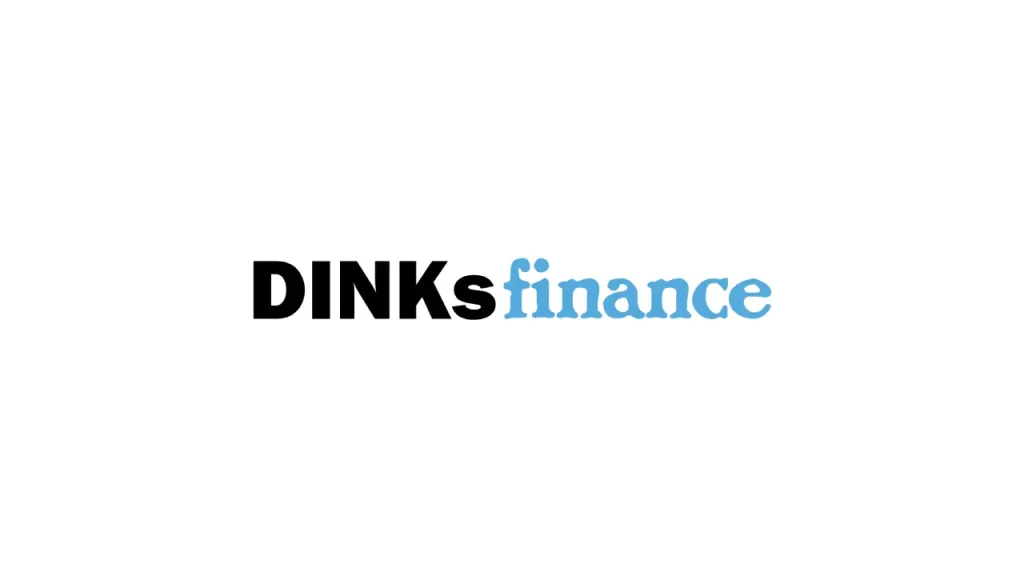Financial emergencies are more common than you might think; 57% of Americans consider their financial savings insufficient to deal with any emergency. During such emergencies, people are understandably desperate and are likely to let their guard down and take any avenue to finance their emergency.
Unfortunately, this provides predatory lenders with a sizable population to target. As people take vague, predatory loans from such lenders, they get trapped in a debt trap, leading to a cycle of borrowing. If you stay vigilant as you look for loans to help you escape your emergency, you can avoid a debt trap. Here are some warning signs and tips to avoid such a situation:
1.Choose Your Lender Carefully
You can find predatory lenders in almost every loan, but they mainly target people going through emergencies who are looking for unsecured loans and need the money transferred immediately, with no credit check. If you are looking for such a loan, choose a registered and trusted lender and get an instant cash advance online from well-established companies. If your lender does not have the necessary licenses, like the Nationwide Multistate Licensing System (NMLS) license, do not get a loan from them.
Another telltale sign that your lender is predatory is if they impose penalties on paying off your loan early. Predatory lenders discourage borrowers from repaying the loan beforehand by imposing excessive fees, trapping them in high-interest payments. Predatory lenders usually demand payment through unconventional methods like wire transfers, crypto, or prepaid debit cards.
Legitimate lenders are transparent about the loan terms, including fees, interest rates, and repayment schedules. In contrast, predatory lenders may intentionally withhold this information, so ensure you have all the information before you agree to the loan terms.
2.Smart Borrowing
Smart borrowing will help you avoid debt traps significantly. You reduce the chances of choosing predatory lenders by only borrowing when necessary. Before you apply for a loan, identify its specific purpose and evaluate the urgency and importance of fulfilling your financial need. Conduct a thorough evaluation of the total costs associated with your financial need, so you only borrow the needed amount.
Make sure you choose an appropriate repayment plan. Longer-term loans typically have lower monthly payments but may result in higher overall interest payments. Then, review your current budget to determine the maximum monthly payment you can comfortably afford. Account for any foreseeable changes in your financial situation, such as job changes, salary increases, or upcoming expenses. Only apply for the loan when you have the flexibility in your income to make monthly payments easily.
3.Pay Off Existing Debt Quickly
If you are already under a lot of debt, the chances of you falling into a debt trap increase significantly. Pay back your existing debt; while it is easier said than done, debt snowballing and a debt consolidation plan can alleviate some of the burden.
Debt snowballing is a repayment method where you pay your smallest loans first, and a debt consolidation plan combines multiple debts into a single monthly payment for easier management. Consolidation also offers lower interest rates than credit cards or other high-interest debts. You can stay on track to becoming debt-free, as a debt consolidation plan sets a clear timeline for debt repayment, promoting discipline and accountability.
Endnote
A debt trap is one of the scariest things you can face; the debt you once took out to escape a financial emergency can become your newest source of financial troubles, often due to financial mismanagement or predatory lenders.
Fortunately, careful planning and vigilance can help you avoid such a situation. Always research who you are borrowing from carefully and avoid any shady sources of loans. Smartly borrow, review the loan terms carefully, and pay off debt through debt consolidation strategies before getting a new loan.



No Comments yet!